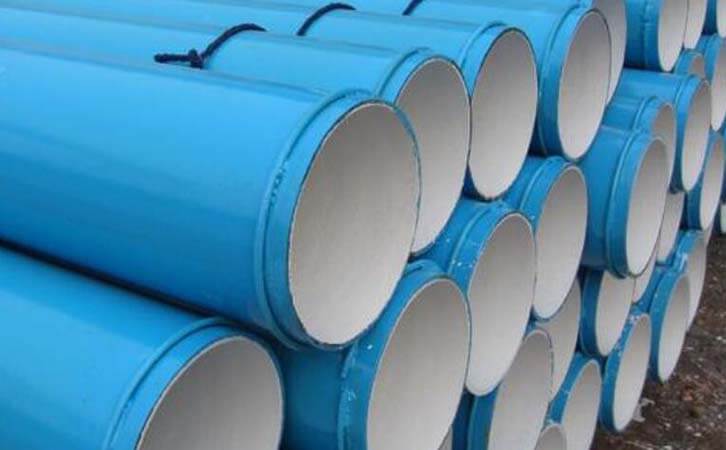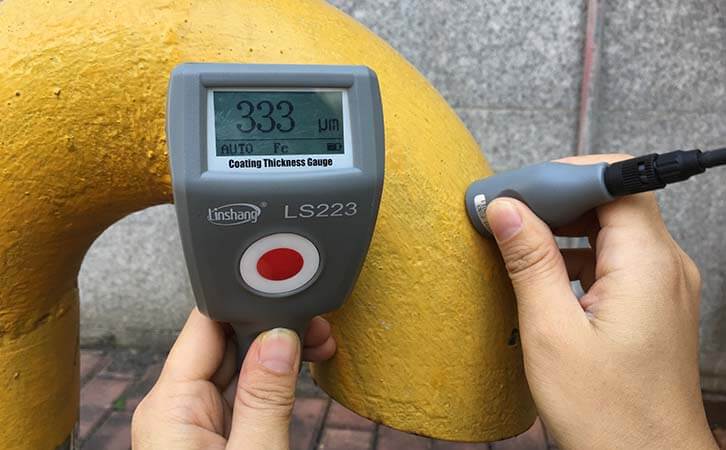Classifications of Anticorrosive Coatings
Anticorrosive coatings are generally divided into conventional anticorrosive coatings and heavy anticorrosive coatings, which are an essential coating in paint coatings. Conventional anti-corrosive coatings are used to prevent corrosion of metals and other materials under normal conditions and protect the life of non-ferrous metals.
Heavy anticorrosive coating refers to a type of anticorrosive coating that can be applied in relatively severe corrosive environments and has a longer protection period than conventional anticorrosive coatings compared to conventional anticorrosive coatings.
1. What are the categories of anticorrosive coatings?
(1) Classified by chemical composition
Divided into: acrylic anticorrosive paint, polyurethane anticorrosive paint, inorganic anticorrosive paint, epoxy anticorrosive paint, perchloroethylene anticorrosive paint, high chlorinated polyethylene anticorrosive paint, chlorinated rubber anticorrosive paint. These kinds of imitation decay paints have different functions due to their different main chemical components. They are suitable for different kinds of objects. Among them, perchloroethylene anticorrosive paint is suitable for the surface of wood and construction metal. It can also prevent the corrosion of acidic and alkaline substances of chemical products.

(2) Classification by functions
It is divided into seven categories: furniture anticorrosive paint, metal anticorrosive paint, marine anticorrosive paint, automotive anticorrosive paint, steel structure anticorrosive paint and rubber anticorrosive paint. The classification of anticorrosive paints has special physical and chemical reasons. We must be careful when selecting them. Never mix different types of paints or choose paints in other fields.
(3) Classified by solvent
Divided into: water-based anti-corrosive paint and oil-based anti-corrosive paint. Water-based paint can be diluted with water, its hardness climbs slowly but it has good water resistance after drying. The biggest feature of water-based anticorrosive paint is environmental. Oily anticorrosive paints use banana water and tianna water as diluents and contain some chemicals that are not good for the human body. It contains a strong pungent odor. However, the drying time of oily paint is shorter than that of water-based anticorrosive paint. The anticorrosive effect is also very good.
2. Anti-corrosion coating thickness detection
An anticorrosive coating is a covering layer. Generally, this covering layer is applied to a metal surface to isolate the anticorrosive material from the surrounding medium. The anticorrosive layer generally has good electrical insulation and water resistance. It also has relatively strong adhesion on the pipeline surface. In order to check whether the anti-corrosion coating is qualified, we generally use an anti-corrosion paint thickness gauge .
It is recommended to use Linshang LS223 anticorrosive paint thickness gauge. This paint thickness gauge uses magnetic thickness measurement and eddy current thickness measurement principles to measure the thickness of non-magnetic coatings on the surface of magnetic substrates. It can also be used to measure the thickness of non-conductive coatings on non-magnetic metal surfaces. The instrument adopts a separate design of the host and the probe, which is very suitable for the narrow space of the steel frame. It is very convenient to view the data while measuring in complex environments. This instrument has the characteristics of fast response speed, high measurement accuracy, stable zero position without drift and durability.
- High precision coating thickness gauge for used car
- Automotive paint protection films coating thickness gauge
- Plating Thickness Measuring Instrument for Detecting Anti-corrosion Coating
- Linshang LS220, LS191, LS160A– Necessary for Car Cover Inspection
- Coating Thickness Gauge for Second Hand Vehicle
- Zero Adjustment Step of Coating Thickness Gauge
